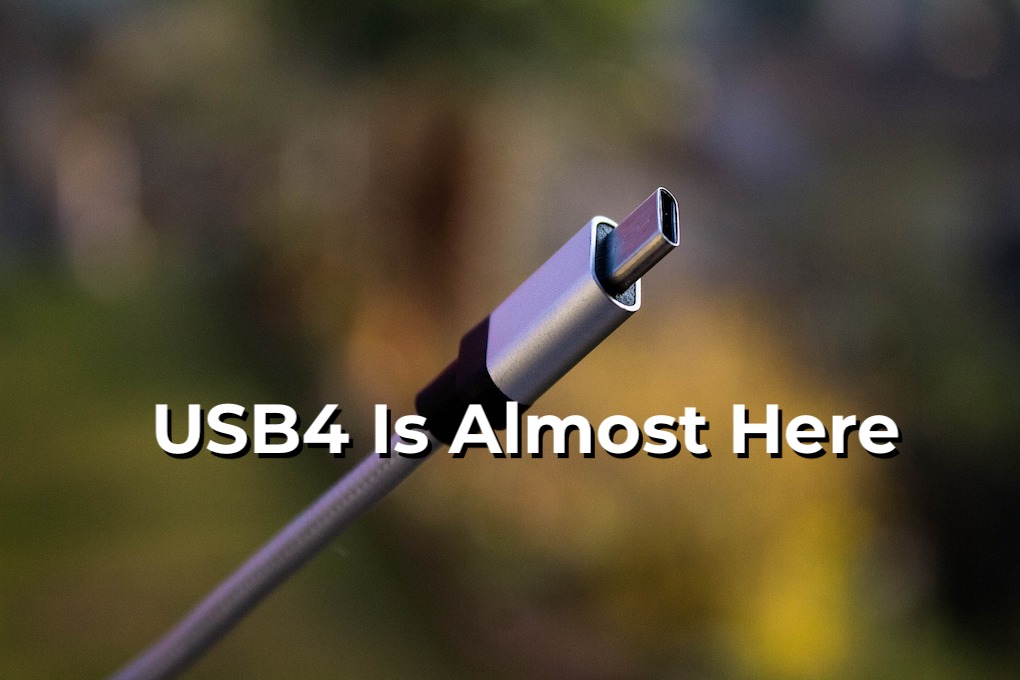- in Computer , Gear by Bobby Owsinski
Get Your Computer Connectors Ready Because Here Comes USB4
I can hear you now after you’ve read the title. “Oh, no! Not another connector!!” It’s not as bad as it sounds. Yes, USB4 is coming, but thankfully it’s going to use the same USB-C-style connector that most new computers and connected devices are using. Although we all have plenty of peripherals that still use the ancient USB-A protocol and connector, you have to admit that the sleek reversible USB-C beats it in every way, and that’s not all.

The big thing about USB4 is that threatens to combine the USB and Thunderbolt spec into one, so we’re starting to get rid of the confusion of what the cable can support. And the new spec has a data rate of 20Gbps, with an option to go to 40Gbps, which is the data rate of Thunderbolt 3 and 4. Plus a new “Version 2.0” that is due out soon will up the data rate to a potential 80Gbps, which means blazing fast data transfer.
Does that mean that Thunderbolt 4 will go away? Apparently not as it always has a data rate of 40Gbps plus higher bandwidth that allows for more high-resolution monitors to be connected, and it can supply twice the power as well. But that’s not required in most cases anyway.
Now when you read this in-depth article about the spec, I bet your eyes will glaze over unless you’re a computer hardware engineer. Just keep in mind that the bottom line is that we’re slowly moving towards a standard connector with a standard capability. Even though USB4 we won’t be there yet, we’re finally getting close to that ideal.
What does that mean for audio? Probably not much in that most larger systems are already running on Thunderbolt 3 or 4, which means there’s plenty of bandwidth for huge sessions without so much as a hiccup. I know that some power users in film post can get up to the 500 track mark, and they’ve been doing just fine with what’s been available for a few years now.
To me, the exciting part is that we’re moving to a universal connector, and even though it’s not here yet, connecting gear to our DAW will continue to get easier and easier (at least on the hardware side of things).

